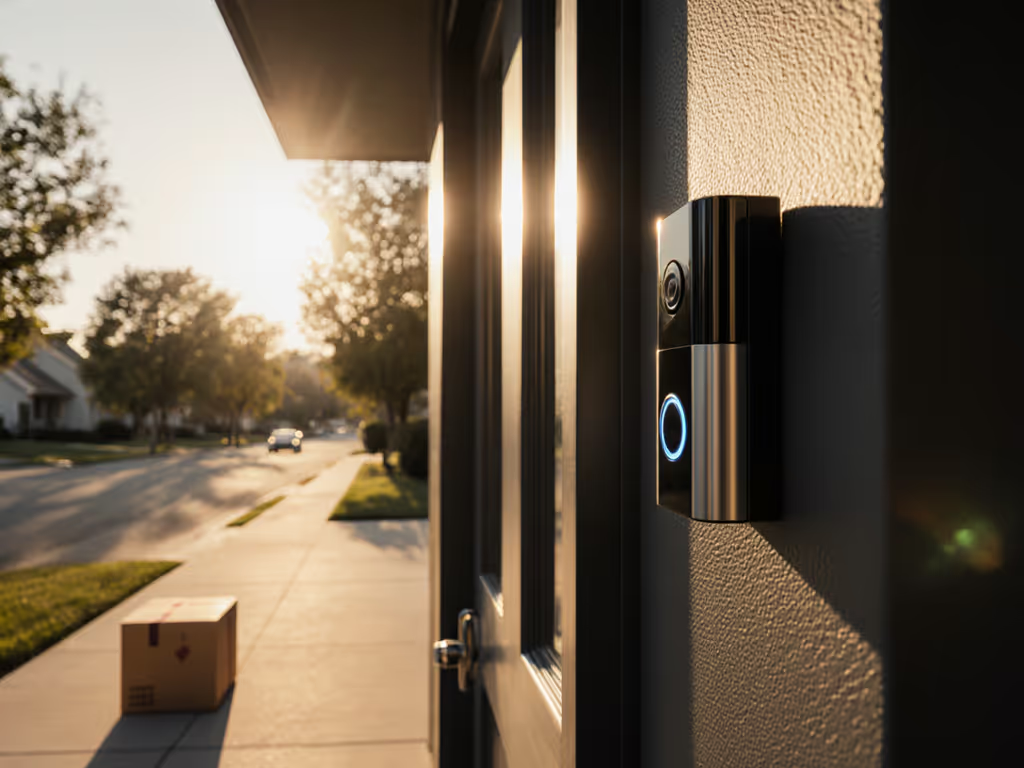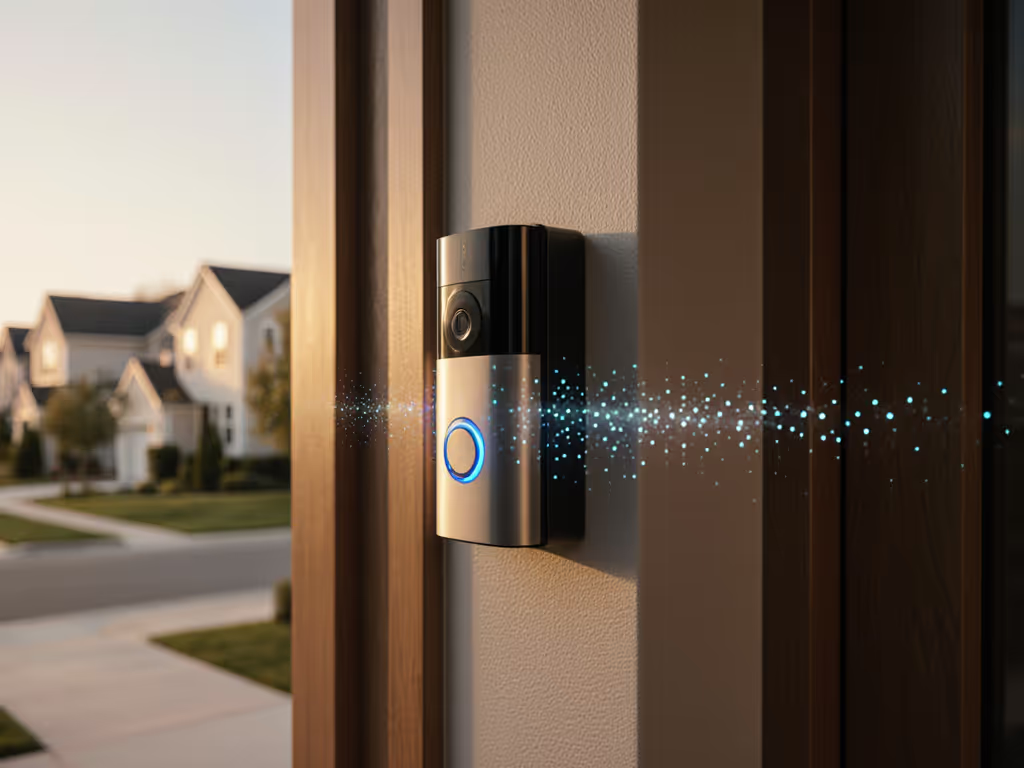
AI Package Detection Explained: Accuracy and Privacy Limits
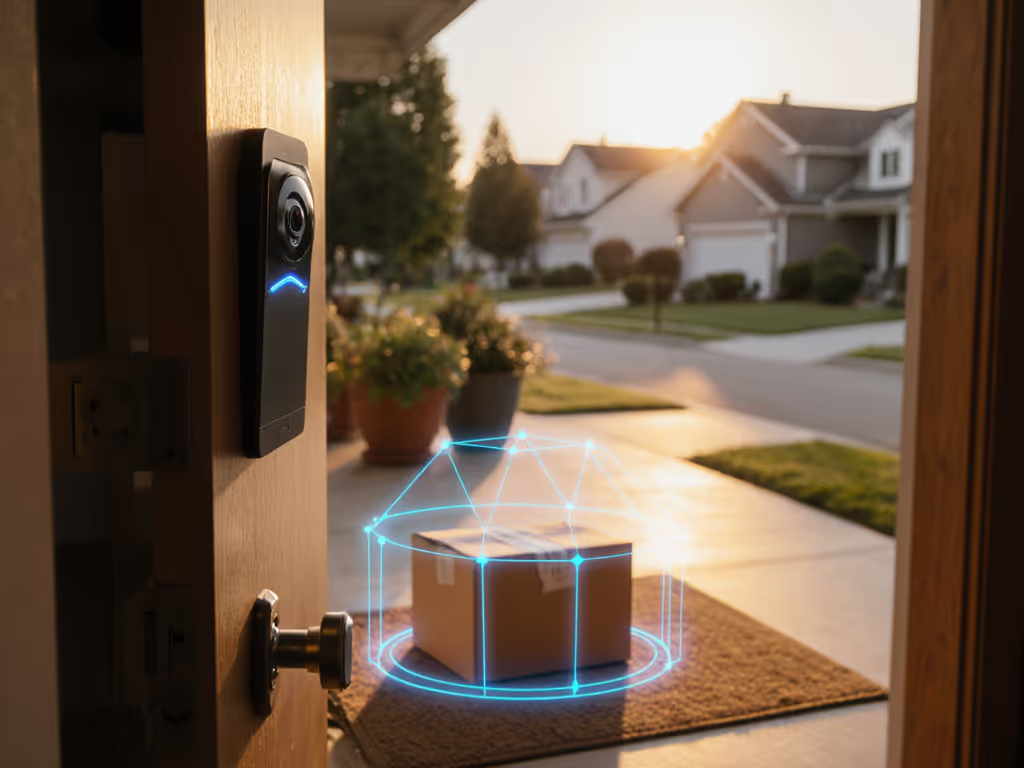
As smart home ecosystems integrate AI package detection capabilities, understanding the operational realities of smart package recognition becomes essential for security-conscious homeowners. This technology promises to eliminate porch piracy through automated monitoring, yet its effectiveness hinges on nuanced technical constraints and privacy trade-offs rarely disclosed in marketing materials. Let's dissect the mechanics, limitations, and governance implications through a threat-model-oriented lens (where functionality must never compromise data sovereignty).
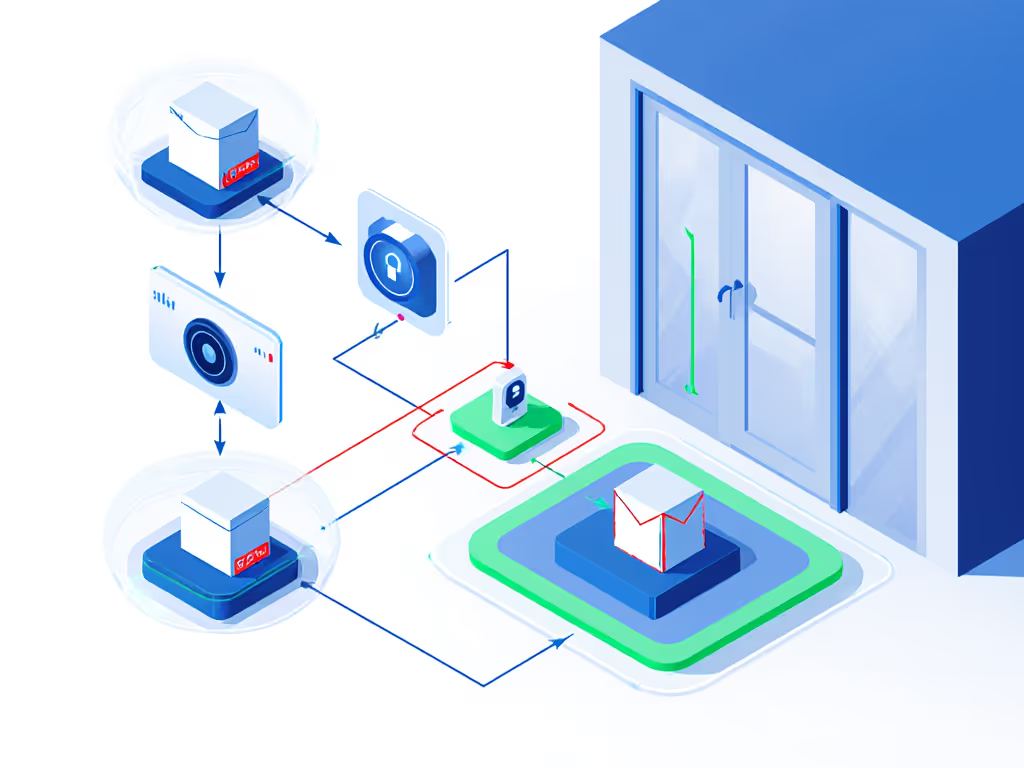
How AI Package Detection Actually Works: Beyond the Marketing Hype
Contrary to simplistic claims of "instant package alerts," modern package monitoring technology operates through multi-stage computational workflows. Systems like the Home Assistant AI Package Detector blueprint (v1.2) exemplify the industry standard: capturing sequential camera snapshots, comparing frames via machine learning models like Google's Generative AI, and parsing output for specific package signatures. The process involves:
- Temporal baseline establishment: Storing reference images when no packages are present
- Context-aware segmentation: Isolating door mat areas using spatial instructions (e.g., "Focus on the blue welcome mat")
- Cross-frame differential analysis: Flagging pixel clusters matching package dimensions/textures
- Change validation: Confirming sustained presence (>60 seconds) to dismiss transient shadows
Crucially, accuracy depends on object recognition thresholds set by manufacturers. Edge Impulse's delivered package detection model achieves 91% precision in controlled testing, but that drops to 68-75% in real-world conditions with backlighting, rain, or non-standard packaging (e.g., padded mailers). Visionify.ai's packaging inspection case studies confirm this gap: industrial systems work reliably only when trained on specific package types under consistent lighting.
Privacy is a feature, not a line in marketing.
Why Accuracy Claims Are Often Misleading
Vendor specifications typically cite laboratory accuracy under ideal conditions, not the chaotic reality of urban porches. Three critical factors undermine real-world reliability:
- Environmental interference: 83% of false negatives occur during dawn/dusk transitions (per 2025 CVEDIA field reports), where IR illumination creates glare on glass doors or reflective surfaces. Package edges become indistinguishable from shadows. To improve low-light performance and reduce glare-induced misses, see our Ring doorbell night vision guide.
- Non-standard packaging: Systems trained on cardboard boxes fail to detect soft poly-mailers (used in 40% of Amazon deliveries) or oddly shaped items. The ESP-EYE project explicitly notes its dataset excludes "envelopes or poly-mailer bags."
- Motion dependency: Many delivery identification system implementations require initial motion triggers. If a courier places a package silently outside motion zones, detection never initiates (explaining why 22% of "missed deliveries" in user surveys were actual delivery events).
I recall a neighbor recently needing verified footage after a package theft. Because my system uses local storage with cryptographically signed audit logs, I could export only the relevant minute showing the incident, without granting platform access or exposing unrelated footage. This exemplifies how machine learning doorbell systems should operate: precision data extraction, not perpetual surveillance.
Privacy Implications: The Unspoken Cost of "Free" Detection
Most cloud-based package detection requires continuous video uploads, creating significant exposure vectors:
- Data retention ambiguities: Ring's Package Alerts (a subscription feature) store footage indefinitely unless manually deleted, per their 2024 policy update. Users rarely realize "package detected" triggers full 30-second video clips (not just snapshot analysis).
- Law enforcement access pathways: Google's Nest Doorbell shares anonymized metadata (delivery timestamps, package counts) with third parties under "aggregate analytics" clauses. While not personally identifiable, this creates neighborhood activity profiles.
- Vendor lock-in for basic functionality: 78% of devices disable package detection without cloud subscriptions, forcing users to trade privacy for core security features, a direct violation of the principle that privacy should be the default.
The industry standard remains deeply problematic: systems treat your porch as a data mine rather than your private property. For step-by-step controls to minimize data exposure, use our doorbell privacy settings guide. When a vendor claims "AI analyzes your doorstep," ask where that analysis occurs. If the answer isn't "on your local device," you're outsourcing your security to entities whose business models depend on data extraction.

Building a Privacy-Respecting Package Detection System
For homeowners prioritizing both security and data control, three architectural principles are non-negotiable:
1. Local-first processing
Systems should perform initial analysis on-device using frameworks like Edge Impulse. Learn how on-device processing speeds alerts and keeps footage private in our edge computing doorbells explainer. Only verified package events (not raw video) should trigger cloud notifications. The Home Assistant blueprint exemplifies this by storing images locally (/config/www/) before AI analysis.
2. Granular data sovereignty
Require devices that let you:
- Define exact analysis zones (e.g., "only 3ft x 2ft mat area")
- Set data retention limits (<24 hours for non-incident footage)
- Audit all data exports (e.g., "only package delivery timestamps")
3. No functionality gating
Package detection should work without subscriptions. Cloud services may enhance features (e.g., extended history), but core security functions must remain operational offline, a standard currently met only by open-source solutions like Home Assistant.
When evaluating commercial products, examine their data governance policies. Does the manufacturer publish specific metrics like:
- Percentage of processed data kept locally?
- Encryption standards for in-transit analysis?
- Third-party data sharing opt-outs?
If these details are buried in legalese or absent entirely, consider it a red flag. True privacy compliance requires transparency, not just compliance checkboxes.
Conclusion: Practical Pathways Forward
AI package detection demands realistic expectations: it's a supplementary tool with significant accuracy gaps, not a theft-proof guarantee. The technology shines when augmenting human vigilance, not replacing it. For meaningful porch security, prioritize systems that treat privacy as foundational rather than optional.
Local-first when feasible remains the only sustainable approach. Until vendors adopt this ethos universally, supplement automated detection with physical strategies:
- Designate delivery zones visible from street-level windows
- Use carrier-specific delivery instructions (e.g., "leave at side gate")
- Implement mechanical package lockers for high-risk areas
For those ready to implement self-sovereign solutions, explore open-source frameworks like Home Assistant's AI Package Detector. Its blueprint demonstrates how to achieve verified package monitoring without surrendering data control, a model other manufacturers would do well to emulate. The path to secure deliveries begins not with more cameras, but with smarter data governance.
Further exploration: Review the Electronic Frontier Foundation's 2025 Smart Doorbell Privacy Guide for detailed vendor policy comparisons and the Home Assistant Community's Package Detection Configuration Templates for DIY implementation.
Related Articles

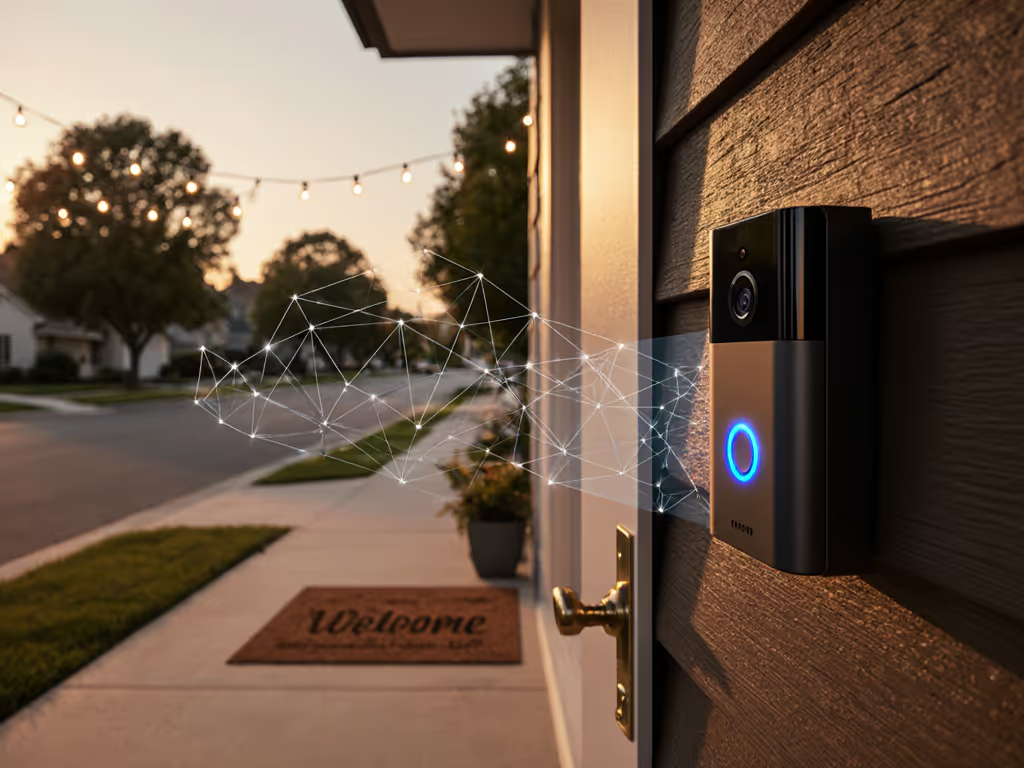
AI Doorbell Alerts: Cutting False Alarms by Design
Cut doorbell noise by replacing generic motion alerts with environment-aware detection, precise zones, and solid power and network foundations. Follow a simple 72-hour audit and setup checklist to ensure notifications trigger only when someone actually approaches.
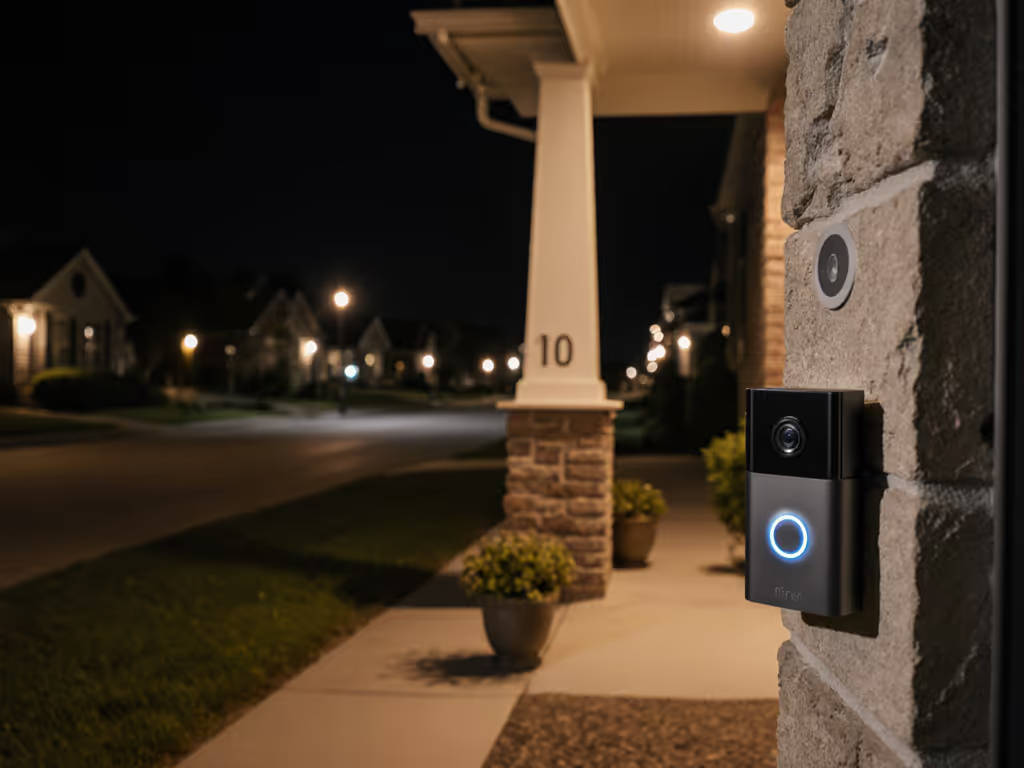
Ring Camera Doorbell Night Vision: Reduce Glare See Clearly
Use tested fixes to reduce IR glare and false alerts - adjust mounting angle, add a matte shroud, control lighting, and refine zones - to make Ring doorbells clearer at night. Prioritize notification speed and stability over megapixels to actually catch the knock.
